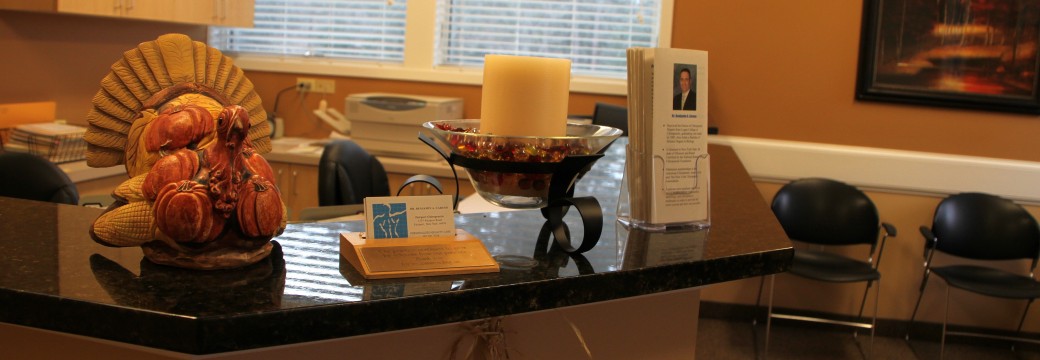FLIP-FLOPS AND BACK PAIN: IT’S NO COINCIDENCE
Don’t Let Your Choice of Summer Footwear Slow You Down
Picnics, pool parties, flip-flops and ice cream – for many of us, these are the hallmarks of summer. But you can probably guess which one of them may not be so good for your back. Especially if you already suffer from back problems, wearing flip-flops (or “slides”) may not be the best strategy for avoiding discomfort. But you don’t have to ditch these comfy and convenient shoes altogether.
It’s easy to understand the appeal of flip-flops when the weather turns warm. They’re quick to put on and take off, they let your feet stay cool and comfortable, and they easily withstand getting soaked now and then. But your standard flip-flop offers zero foot and ankle support, provides minimal cushioning, puts you at greater risk of trips and falls, and – most concerning for your lower back – causes you to walk differently than you would in a regular shoe.
Not only do you have to pinch or curl your toes to keep the shoes from flying off while walking, but you also actually shorten your stride for this purpose, which puts unusual strain on your feet, hips and lower back muscles. Your foot contacts the ground differently in flip-flops, too, with more pressure put on the outside edges and less on the heel. This causes a slight rotation of the lower portion of your leg, which in turn changes the angle of your pelvis and prompts increased torsion of the lower spine. Such changes to your body mechanics can cause stiffness and pain in the lumbar region, which may worsen over time. Knowing this, here are some things to keep in mind the next time you slip on that flimsy footwear.
Don’t “live” in your flip-flops.
These shoes do have legitimate uses – for example, they’re great for public locker rooms and showers, and even for that quick trudge to the backyard or to the beach. But with their lack of arch support and thin, floppy rubber soles, they’re NOT made for long walks, any form of quick movement, or continuous use while shopping, visiting a theme park, or going anywhere where you’ll be on your feet for very long.
Take it slow.
Running, jumping, and quick sideways movements are to be avoided while wearing flip flops due to the risk of falls and lack of support and shock absorption they offer.
Healthier alternative: Sport sandals and hybrid “sneaker-sandals.”
The wide variety of “sport sandals” and hybrids on the market may also offer good alternatives to the typical flip-flop. These sandals mimic sneakers in the way that they securely hug your feet with comfortable straps and toe guards, a contoured foot bed, actual arch supports, and heel cups – all of which can provide greater stability and proper alignment of your feet, knees, hips and lower back.
Fairport Chiropractic1157 Fairport Road
Fairport, NY 14450
585-381-7724

